Buscador
Route of the Muleteers
- San Tirso de Abres
- Linear route
- 15 km round trip
- 5 hours
- Download
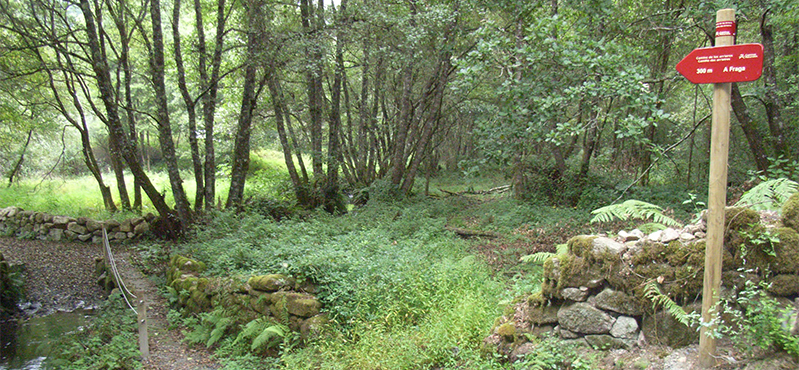
To start the route we will move to the village of Espasande and half a kilometer from here in the direction of Taramundi we will see an explanatory panel on the left hand side at the beginning of the route.
This is an old road used by traders who came from Castile to Asturias and Galicia to sell their products, so that if we close our eyes at any of the places along the route we hear again the creaking of the old carts and carts pulled by their oxen. Shortly after the beginning of the route we find the remains of what was an old inn, where pedestrians and their animals stopped to regain strength. The route runs mostly immersed in a large forest patch of eucalyptus and pine trees, through oak and chestnut groves dotted with abundant shrub and herbaceous vegetation that change color indicating what time of year we are. We will follow the signs until we reach Lourido, where we can find several samples of popular architecture, as well as some artisans who still practice the art of basket weaving. From Lourido we start a small descent that takes us to the end of the route in A Ferrería located next to the Eo River, which forms the border between Asturias and Galicia. To return to the starting point we must retrace our steps to Espasande.
Hiking trails
-
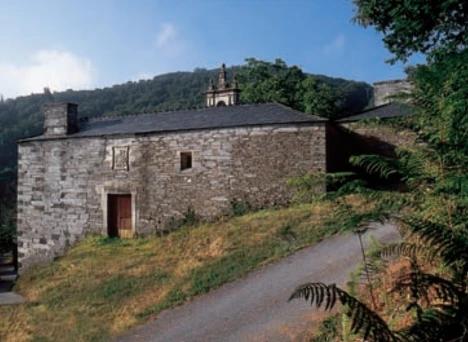
Mon Route
- San Martín de Oscos
12.6 km
4.5 hours
Media
The itinerary begins in the village of A Revoqueira, three kilometers from San Martín.
-
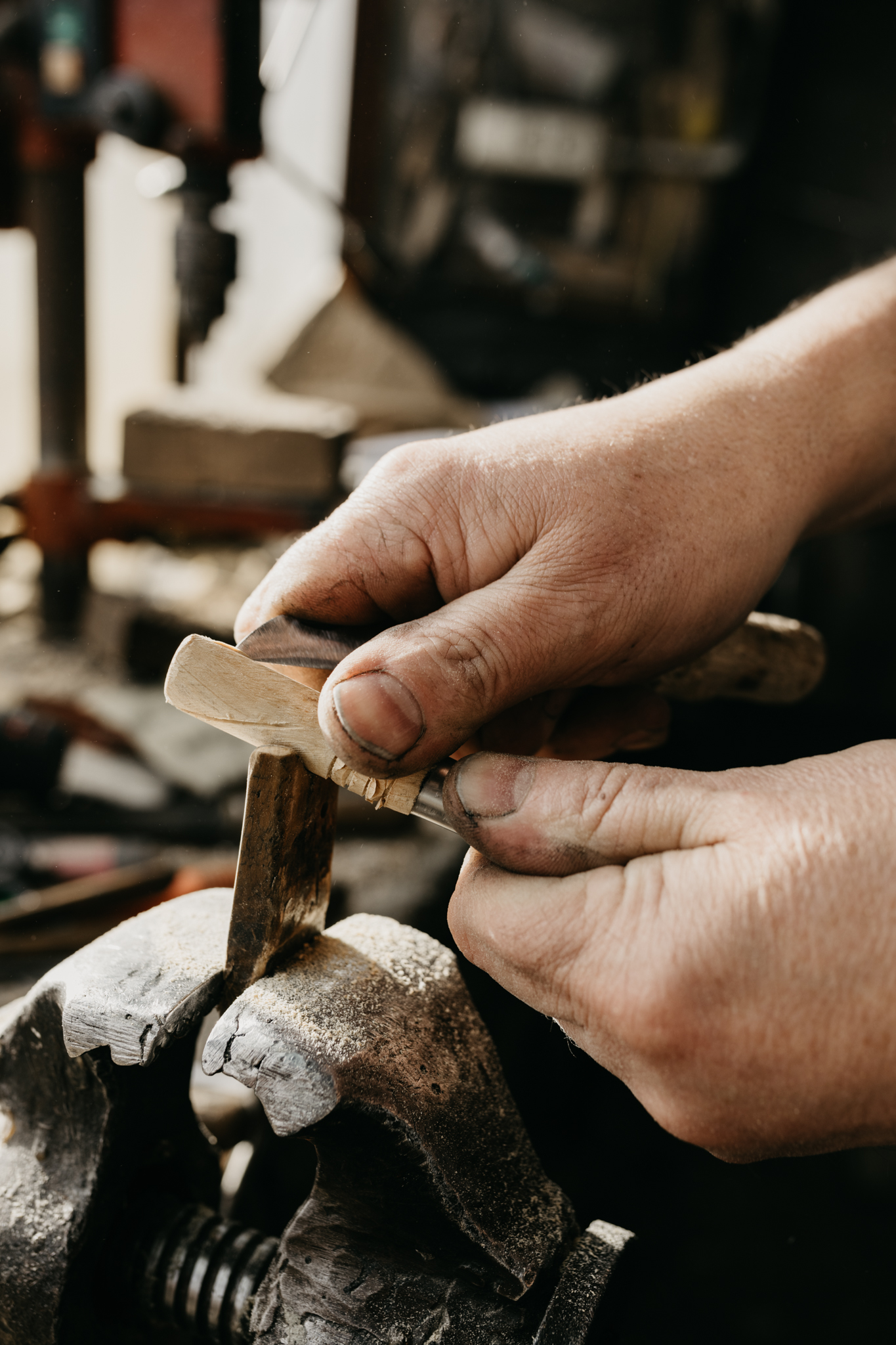
Ruta de los Ferreiros
- Taramundi
8 Km
2h 30m
Baja
La Ruta de Os Ferreiros es un recorrido circular que invita a descubrir la esencia de Taramundi a través de su paisaje, su historia y sus oficios tradicionales. Un paseo accesible y lleno de encanto, perfecto para disfrutar de la naturaleza y el patrimonio cultural del concejo.
-
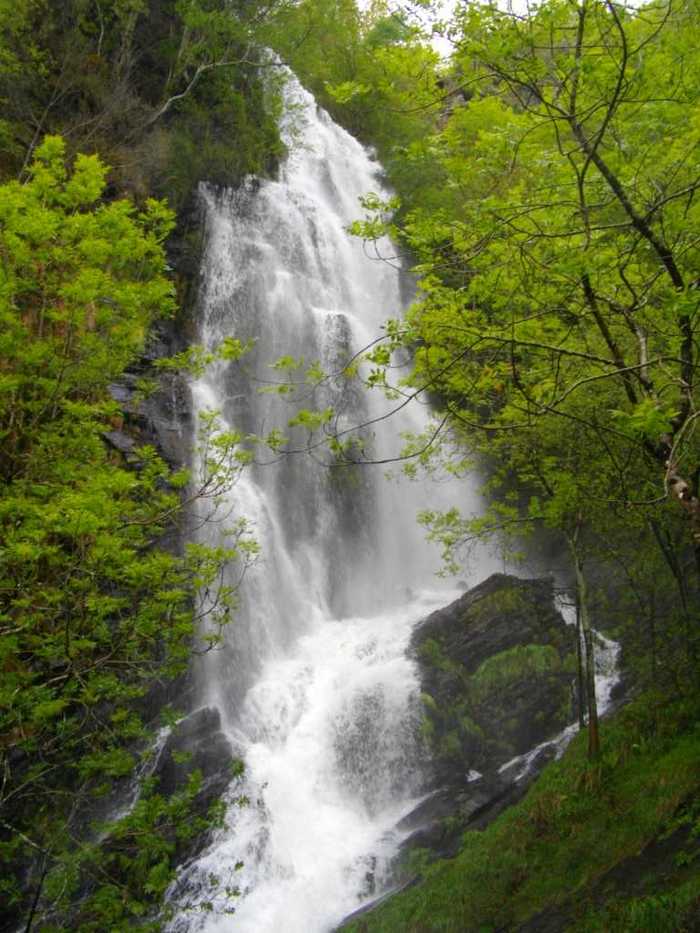
A Seimeira Route
- Santa Eulalia de Oscos
8 km round trip
3 hours
Download
The route begins in the recreational area of Pumares; we cross the road and head parallel to the river to Pumares, a village of old ferreira activity, where we can still see the remains of an old mallet. From here, along a marked path, and leaving the river Agüeira to our left, we continue a slight ascent into a legendary forest characterized by riparian species (alders, ashes, willows, and hazelnut trees) and by oaks and chestnut trees that with their whimsical shapes are true monuments.
-
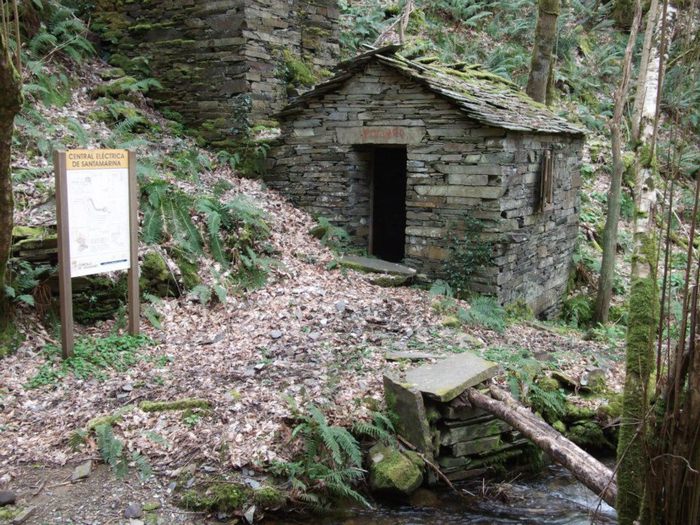
Teixo – Os Teixois Route
- Taramundi
10 km
3 hours and 45 minutes
Media
The itinerary begins in Teixo, where after leaving the vehicle and passing the last houses we start an easy walk along the road that connects this town with Santa Marina, leaving it to the right by a wide dirt track that leads us after a slight descent to the Arroyo das Mestas.
-
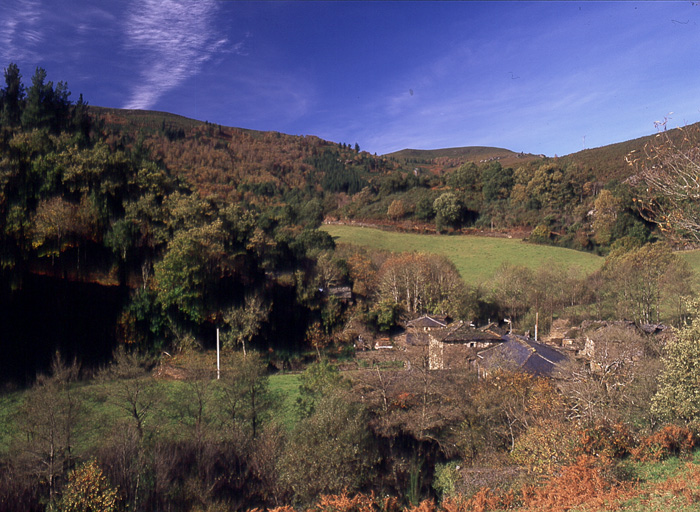
Forcón de los Ríos Route
- Santa Eulalia de Oscos
13.3 km
4 hours
Media
Route of nature and ethnography that begins next to the house of culture in Santa Eulalia de Oscos.
-
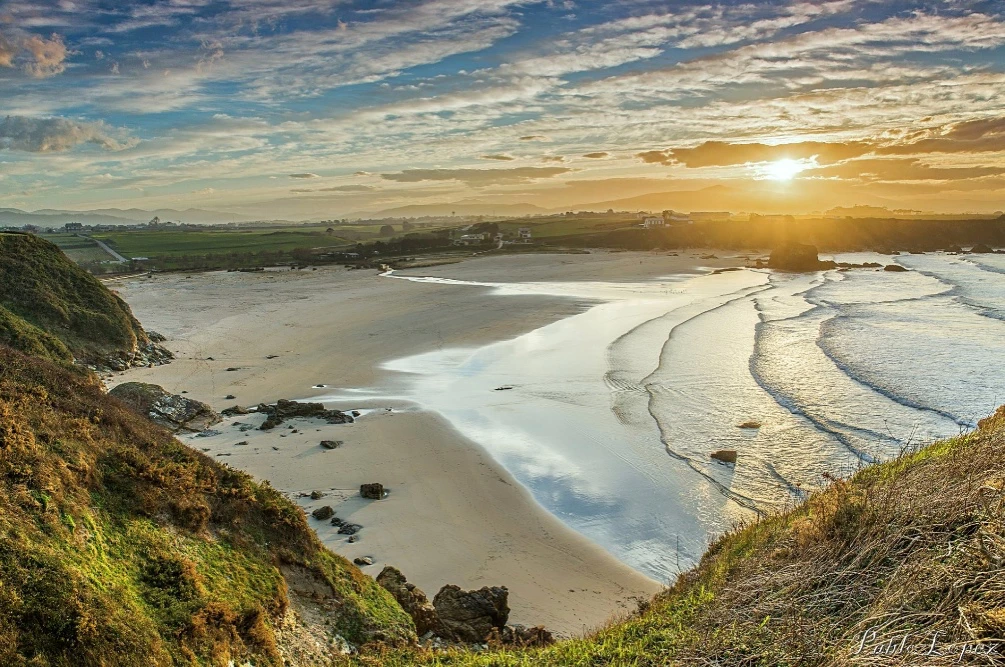
Coastal Path Tapia – Figueras
- Castropol
14 km
4 hours
Download
In our region the route starts at Penarronda beach, declared a natural monument for its high environmental values, a beach that holds the blue flag and where you can not miss a good swim.


